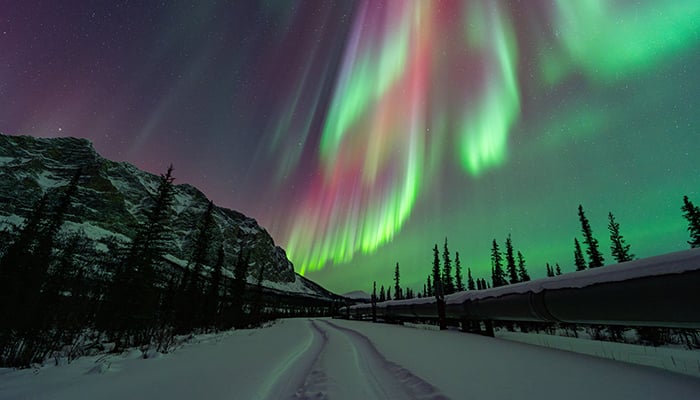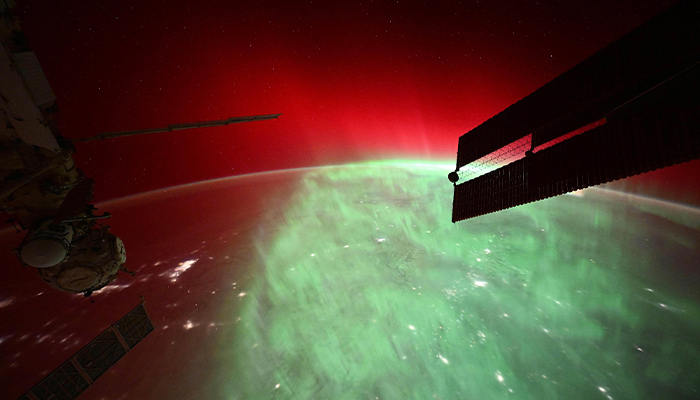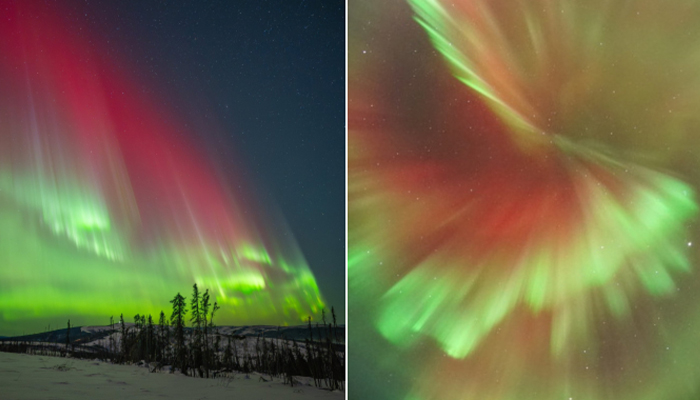Northern lights dazzle up New Year's sky
Two CMEs hit Earth initiating geomagnetic storm conditions and painting night sky with vibrant aurora borealis displays
January 02, 2025

As we kickstarted the New Year with glittering fireworks, nature and Earth joined in the celebrations as well with a magnificent display of lights of its own, the northern lights.
Two coronal mass ejections (CME) hit the Earth’s magnetic field, initiating geomagnetic storm conditions and painting the night sky with vibrant aurora borealis displays as far as California in the US, Austria and Germany, according to Space.com.
The geomagnetic storms graced the sky throughout the New Year’s Eve night, giving us a natural display of fireworks into the new year.
The CME hit Earth’s magnetic field on December 31 at 16:21 GMT and a second CME struck later that night.

When they strike Earth’s magnetosphere, they bring forth electrically charged particles called ions that collide with Earth’s magnetic field. These collisions can lead to sparking geomagnetic storms and during these storms, ions collide with atmospheric gases and release energy in the form of light.
The light creates the stunning northern lights also known as aurora borealis in the Northern Hemisphere and the southern light or aurora australis in the Southern Hemisphere.

More light shows can be triggered as the sun has thrown a new CME toward Earth. Aurora borealis’ new show could grace the Northern Hemisphere around January 3 or 4, as per space weather physicist Tamitha Skov.











